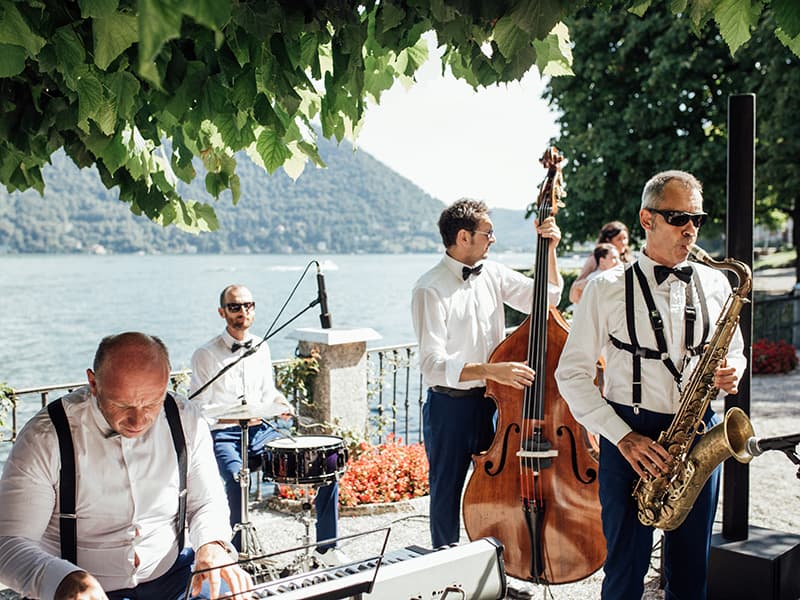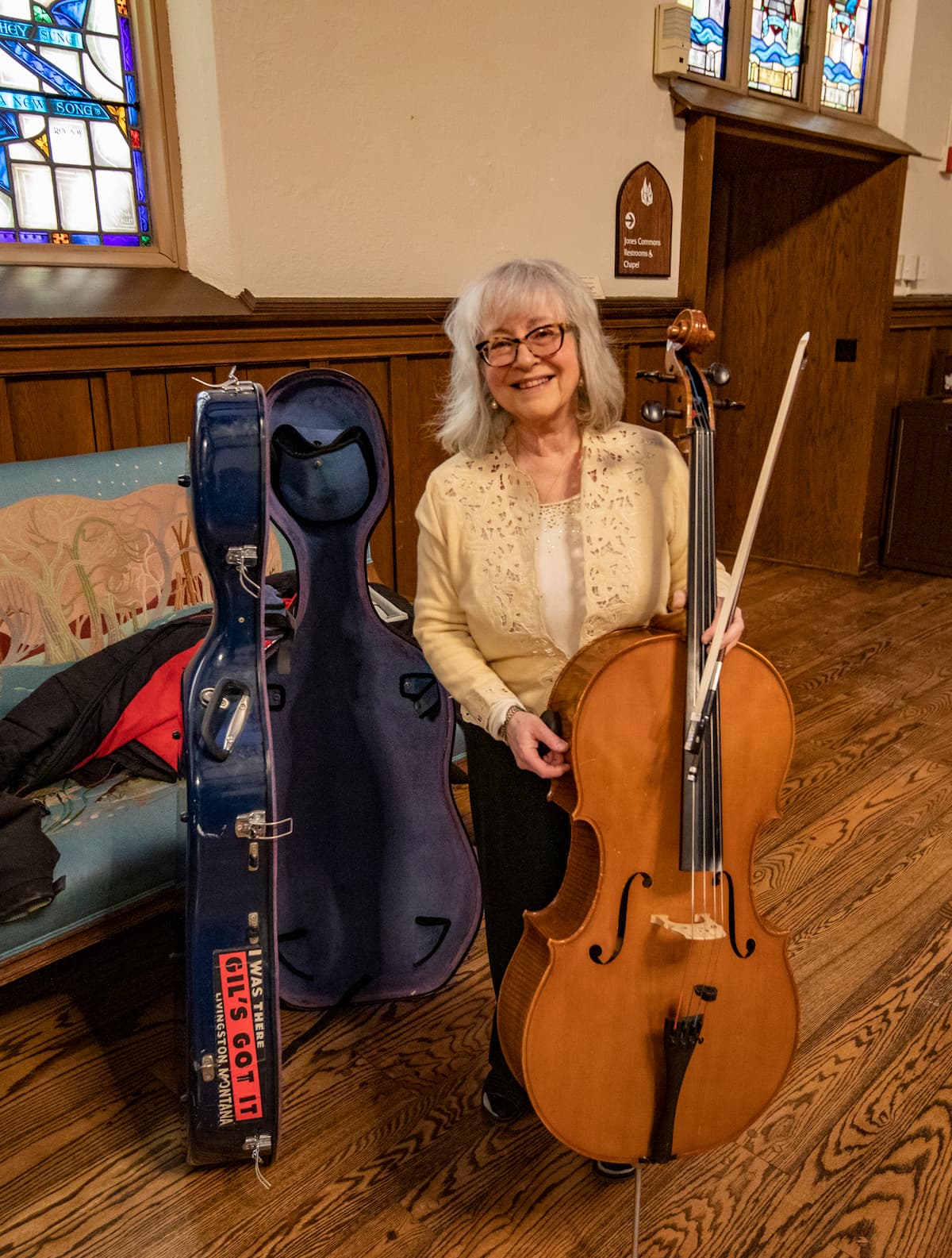Some presenters will make overwhelming requests of musicians. A fancy top-notch gallery in New York recently held an opening of a new exhibit with live music. A gallery curator in another city had loved it enough to want to replicate the idea. He invited a colleague to play at the inauguration of the season at the major art gallery he managed. My colleague was thrilled at the opportunity until she noted the long list of requirements from the curator:

© amyfaithphotography.com
Must play background music for 4 hours. Please no recognizable or famous works so as not to distract the attendees and no virtuosic or show-off pieces.
Must be accompanied by piano. A few solo works are allowable.
Must represent a musical journey from baroque to contemporary with an emphasis on impressionism.
Absolutely no film soundtrack music or Broadway orchestrations.
Music by obscure or unknown composers is encouraged.
Did the curator realize how many details there were to consider?
The practice time, the rehearsal time with the piano, and the time spent researching, buying, and organizing the sheet music. Perhaps it would require sound checks and speakers? Playing four hours is A LOT of music to learn and it would be very taxing physically. Would there be adequate break time? Would they compensate for acquiring music from contemporary composers that wouldn’t be in the public domain?
Several cellists started coming up with a few ideas of repertoire to play that might fit the bill:
Gorgeous cello works that are not so well known:
Arvo Pärt: Spiegel im Spiegel
Arvo Pärt: Spiegel im Spiegel (version for violin and piano) (Nicola Benedetti, violin; Alexei Grynyuk, piano)
Gabriel Fauré: Cello Sonata No. 1 in D Minor, Op. 109 – II. Andante
Gabriel Fauré: Cello Sonata No. 1 in D Minor, Op. 109 – II. Andante (Roland Pidoux, cello; Jean-Claude Pennetier, piano)
Edvard Grieg: Cello Sonata in A Minor, Op. 36 – II. Andante molto tranquillo
Edvard Grieg: Cello Sonata in A Minor, Op. 36 – II. Andante molto tranquillo (Daniel Müller-Schott, cello; Herbert Schuch, piano)
Jean-Louis Duport: Cello Concerto No. 1 in A Major – Romance
Jean-Louis Duport: Cello Concerto No. 1 in A Major – Romance (Frédéric Lodéon, cello; Ensemble Orchestral de Paris; Jean-Pierre Wallez, cond.)
Camille Saint-Saëns: Romance in F Major, Op. 36
Camille Saint-Saëns: Romance in F Major, Op. 36 (version for cello and piano) (Roland Pidoux, cello; Jean Hubeau, piano)
Benjamin Britten: Elegy
Benjamin Britten: Elegy (Hélène Clément, viola)
Paul Ben-Haim: 3 Songs without Words
Paul Ben-Haim: 3 Songs without Words (version for violin and piano) (Itamar Zorman, violin; Amy J. Yang, piano)
But we urged our friend to speak with the curator about her concerns and to negotiate a good fee! Happily, the curator was accommodating. It was the first time he was doing this, and as we suspected, the myriad details were not well thought out. They settled on a wonderful compromise. My colleague suggested hiring and rotating with an additional cellist and pianist so that each pair would play 1-hour segments.

Janet Horvath with her cello
I’m frequently asked to “set the tone” for special occasions, and I feel especially privileged to offer succor to mourners at a funeral. The cello is a mystical intermediary. Its golden tones and warm hues lull listeners into alternate realms. I accepted without a moment’s thought when a gentleman called me and asked if I would play for a memorial for his recently deceased wife. He would be holding it in his townhome, fulfilling her dying wish, to have a cellist play Suite No. 1 in G for solo cello by J.S. Bach. She particularly loved the Prelude movement. “How long is the suite?” he asked. I replied that without the repeats it would be about 16-17 minutes. “Perfect,” he said. I then made certain the attendees would be seated and listening, and that he could provide a solid armless chair, and adequate space and lighting. “No problem,” he indicated.
A few days later he wrote an email saying he thought the audience might be restless. Would I consider playing three movements instead of the whole thing? In fact, since I was familiar with the repertoire, if I wanted to play something else that would be fine. “No worries,” I said. I wrote back a day later indicating I would play the Prelude to the first suite (since his wife cited it), the Sarabande to the Suite No 5, which is mesmerizing and contemplative, and the Gigue to the Suite No 3, a lovely dance movement. I told him that I thought this would be perfect to set the stage for the rest of the evening.
I received another email. “I think the Sarabande is too melancholy, gloomy. Can we just go with the two movements?” I must admit I was a bit flustered as I thought the Sarabande was perfect in tone for this occasion—I’ve played it for numerous funerals—but I said, “No worries,” whatever you wish. “But you know these two movements are just about 5 or 6 minutes if that?” He didn’t seem worried.
J.S. Bach: Cello Suite No. 5 in C Minor, BWV 1011 – IV. Sarabande (Alban Gerhardt, cello)
Another few days later, you guessed it, I got another email. “Would it be distracting for you if I showed a PowerPoint of photos during your playing?” I responded, “No worries. Please do what feels right.” He planned to start the photos sometime near the completion of my playing. I’m a professional, I thought, and I ought to be able to handle distractions.
I arrived at the home of the gentleman. It was a very hot day. While I dragged the cello up several external stairs, the guests milled about outside on the sidewalk. Inside the temperature was stifling. The gentleman had crammed 40 chairs into his small living room and once people entered and were seated, they were practically sitting on each other’s laps. I had very little space to unpack the cello. The chair for me had been squeezed into the corner so a large flat-screen television screen could be placed in the center of the room.
While the gentleman fiddled and struggled with the PowerPoint set up, the audience energetically fanned themselves. A portable fan had been set up at my feet. Initially I thought the humming sound would interfere with the Bach, but I relented as the temperatures rose precipitously. A small adjustment to the evening’s tone: a little Bach accompanied by fan noise with the fanning obligato from the audience.
Finally, the PowerPoint was ready. I briefly introduced the Bach and sat down to play. Just a few measures into the Prelude there was a commotion. The gentleman had tripped over some people to reach the controls of the TV. Then, no more than one minute into the Bach, over the fan noises, I heard some sniffling, then whimpering, then wailing. Talk about distracting. I finished the Bach a bit up-tempo, handed someone near me a Kleenex, and left in a hurry. A record—in and out in under 10 minutes—presenter, guests, and musician all overwhelmed!
For more of the best in classical music, sign up for our E-Newsletter



